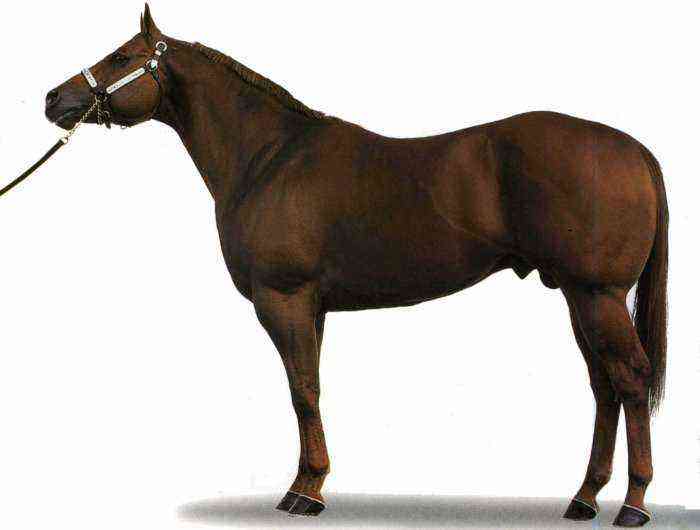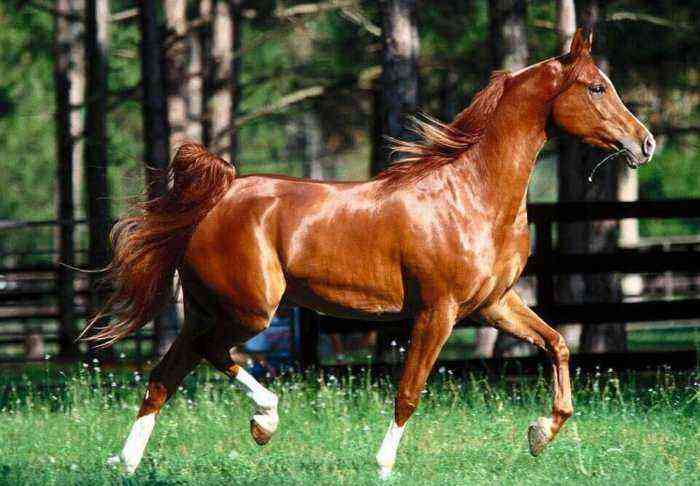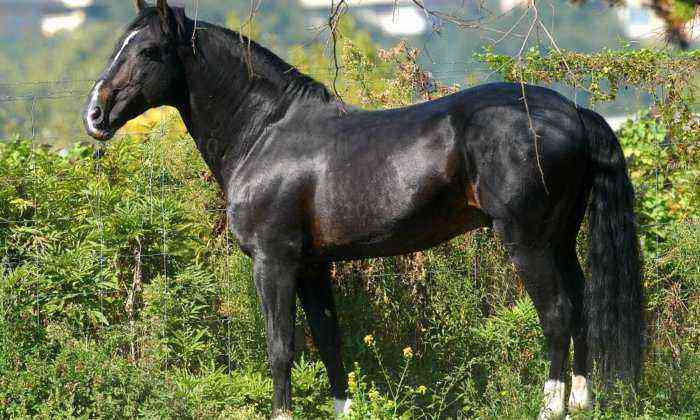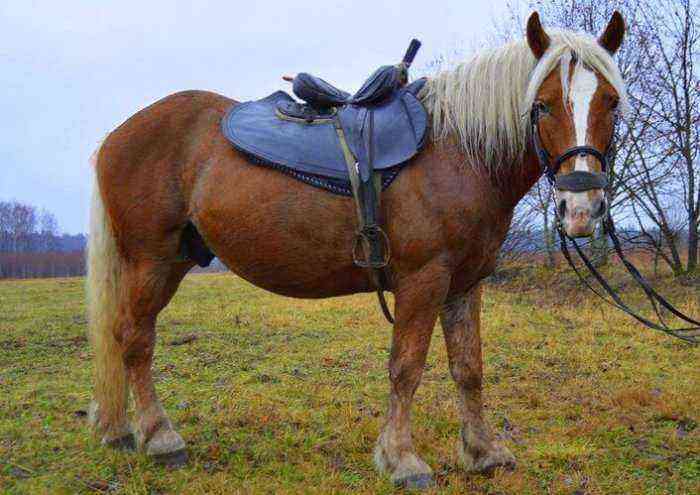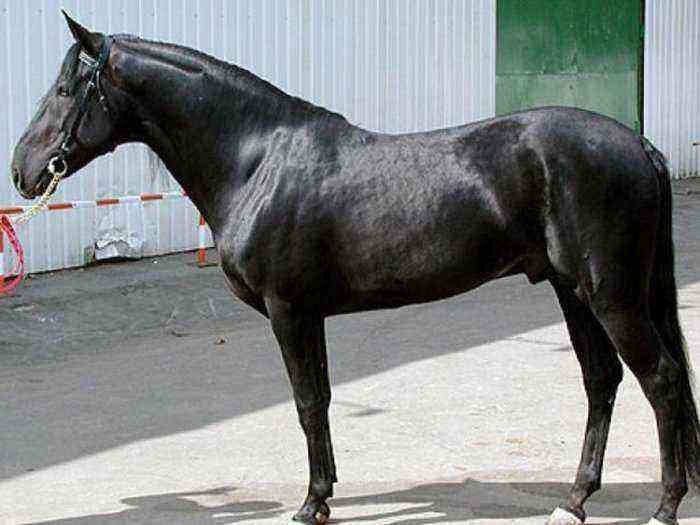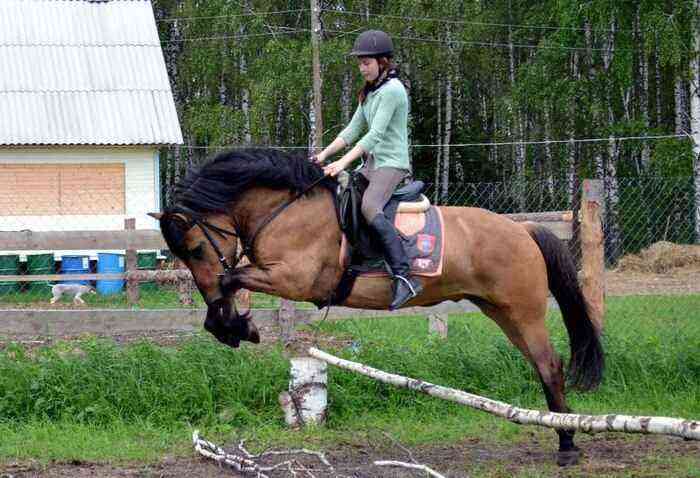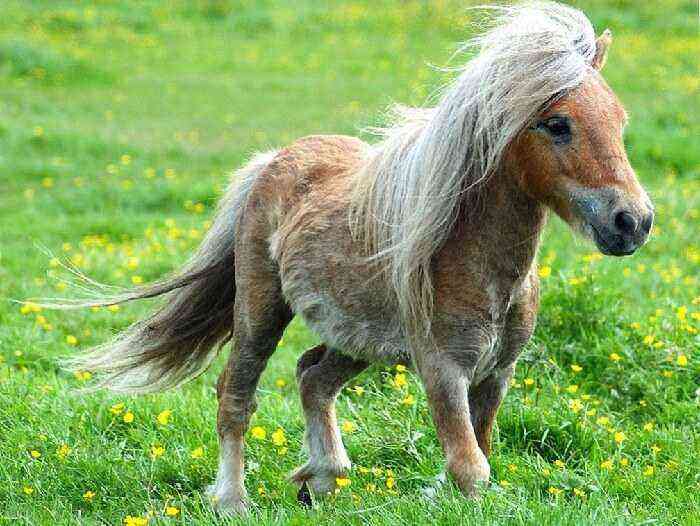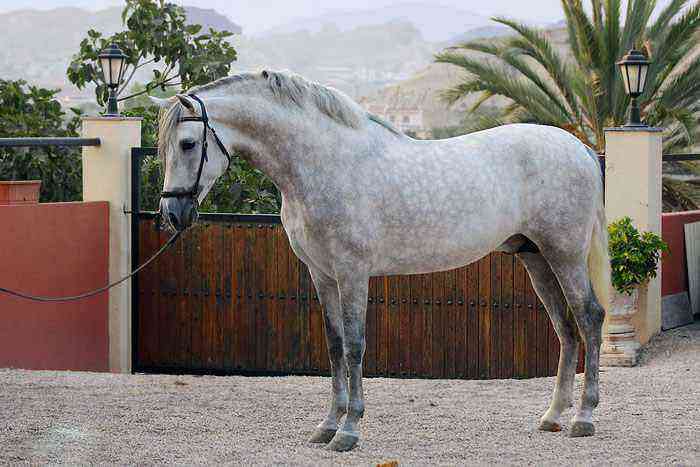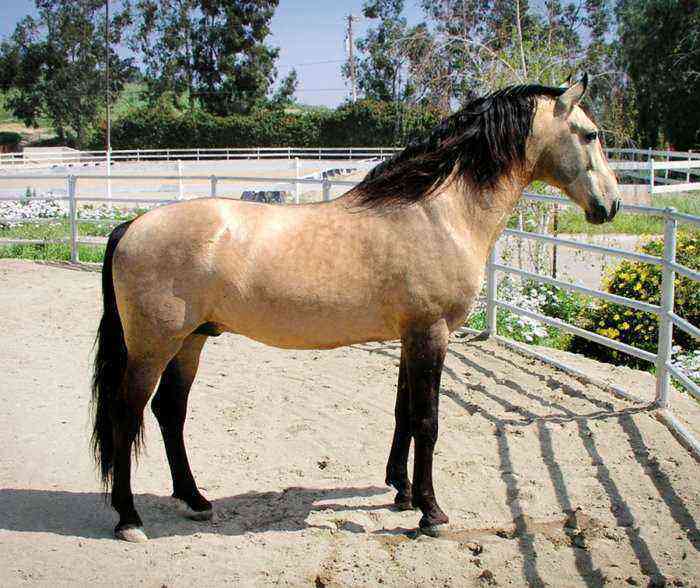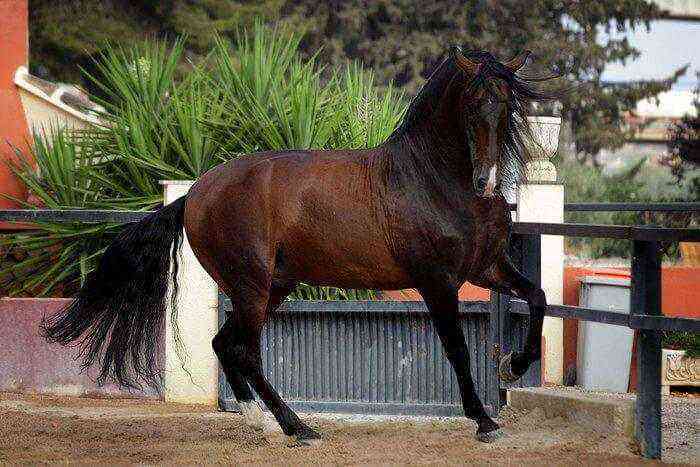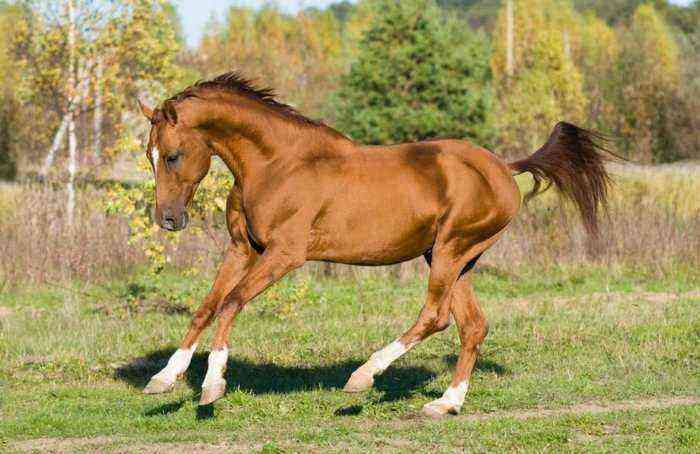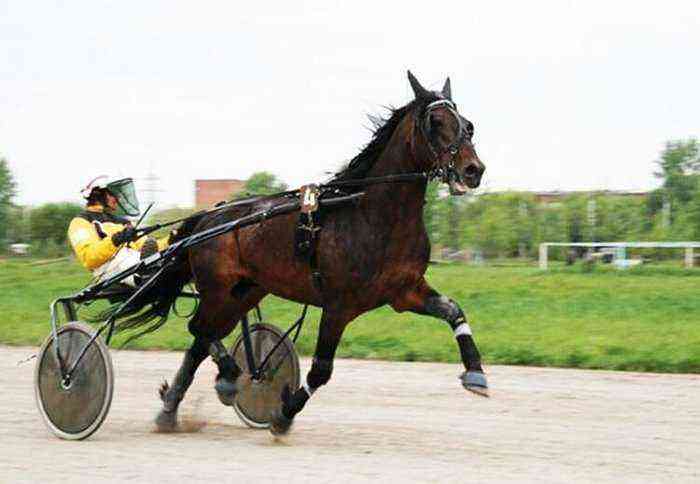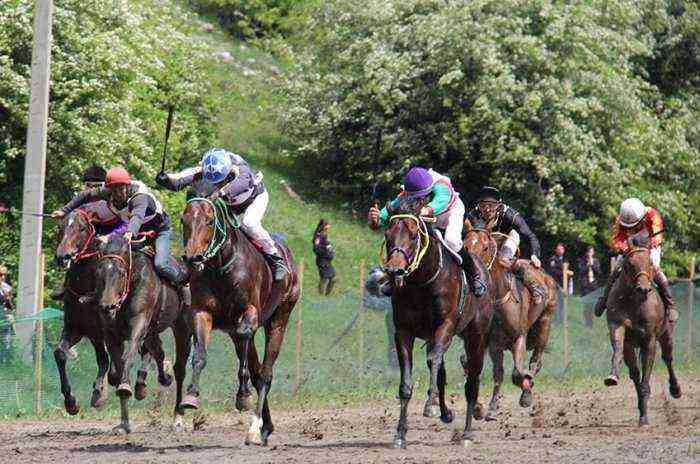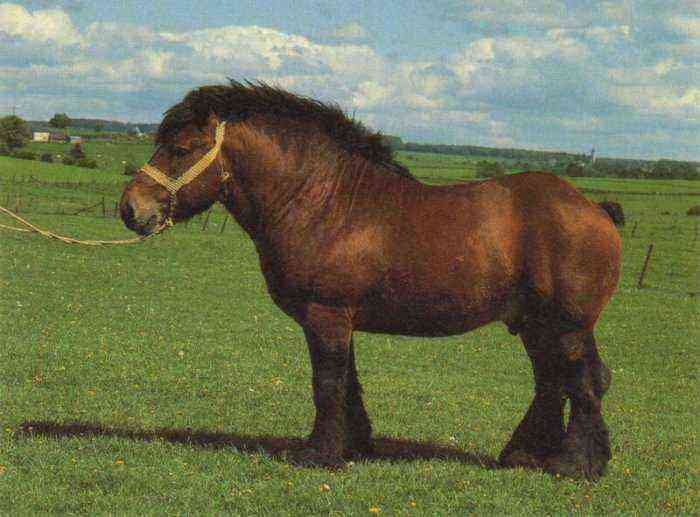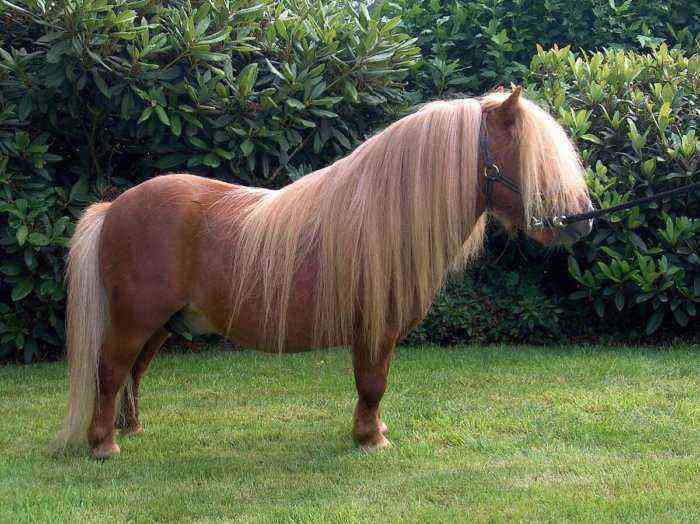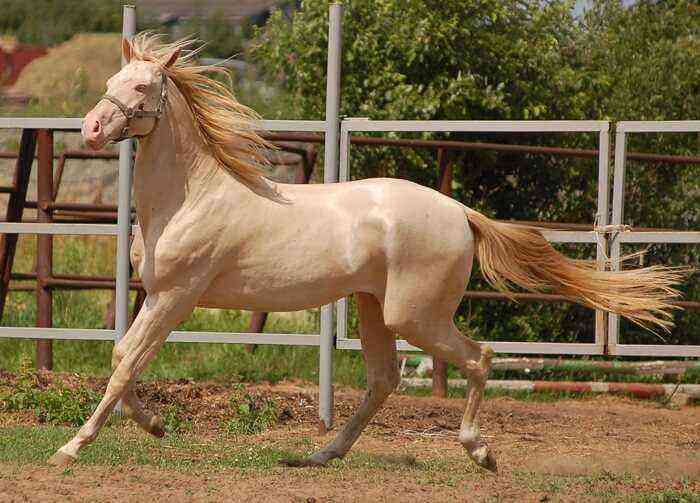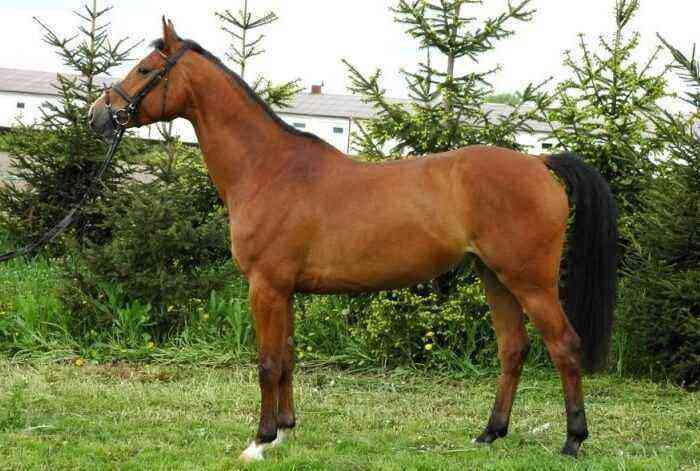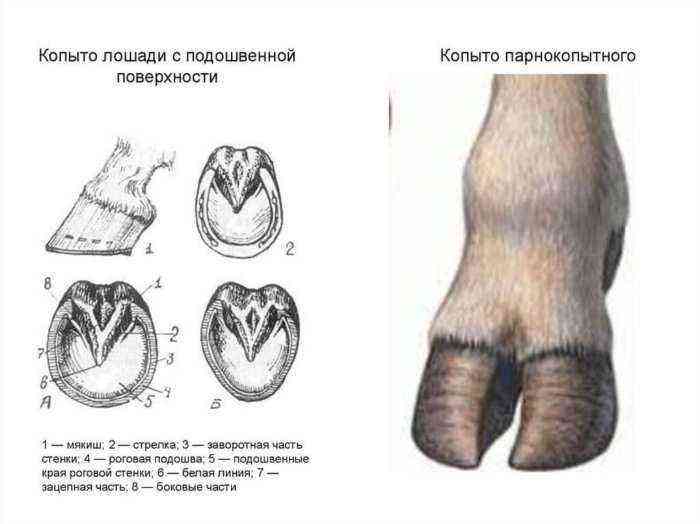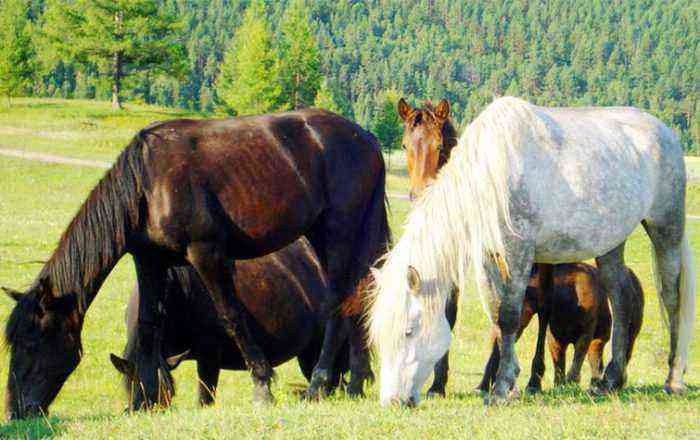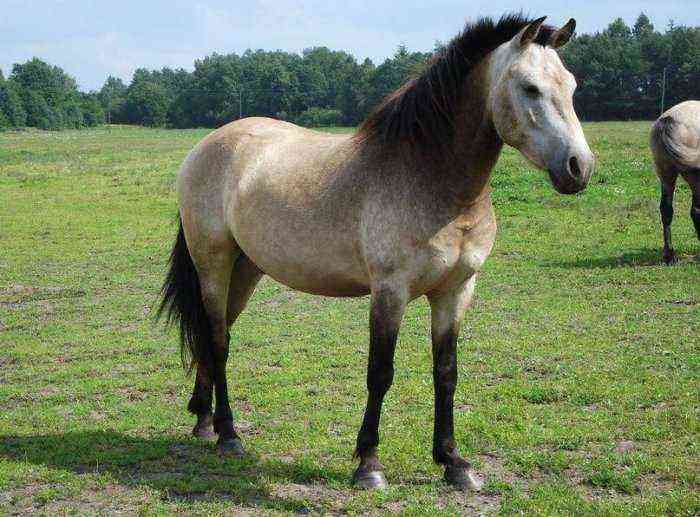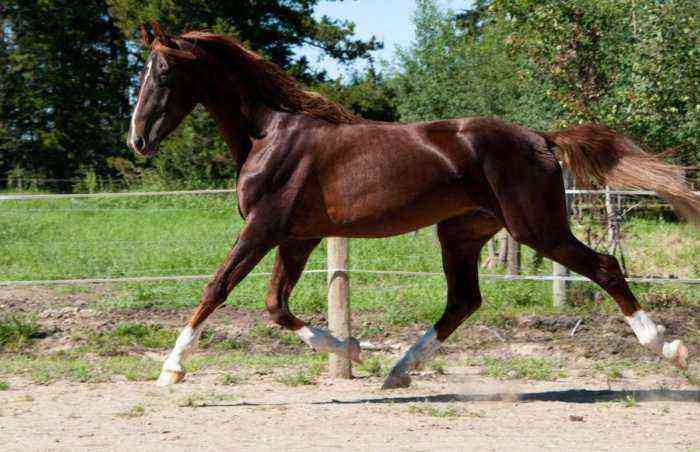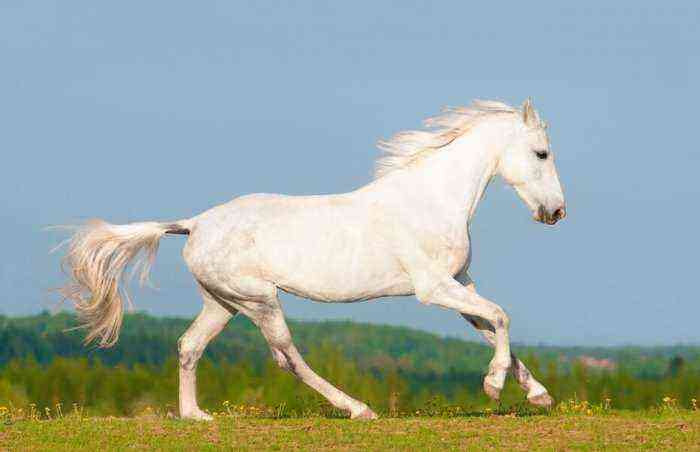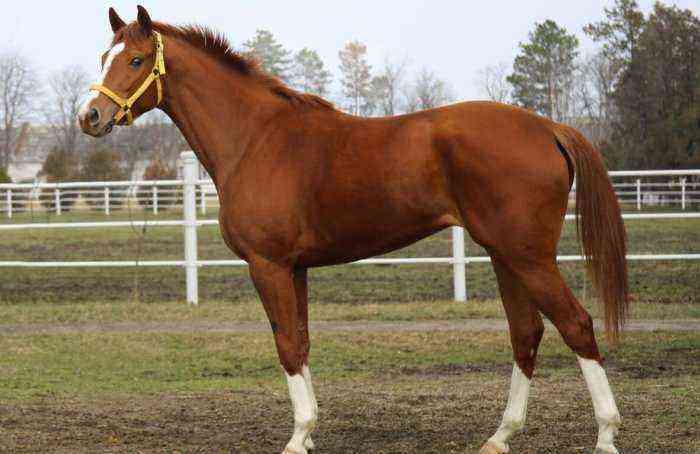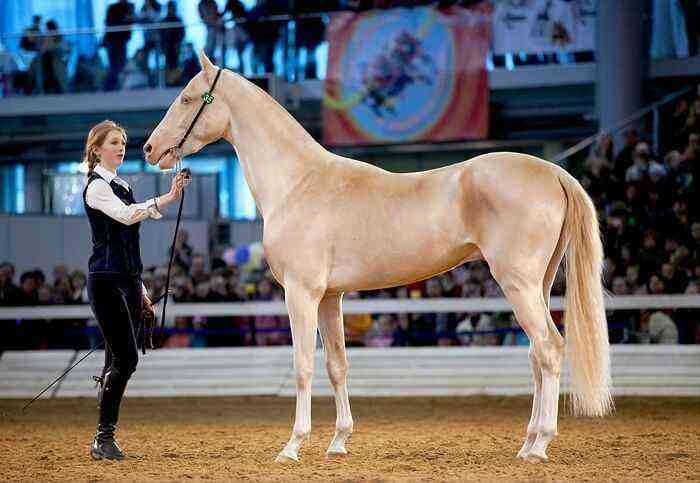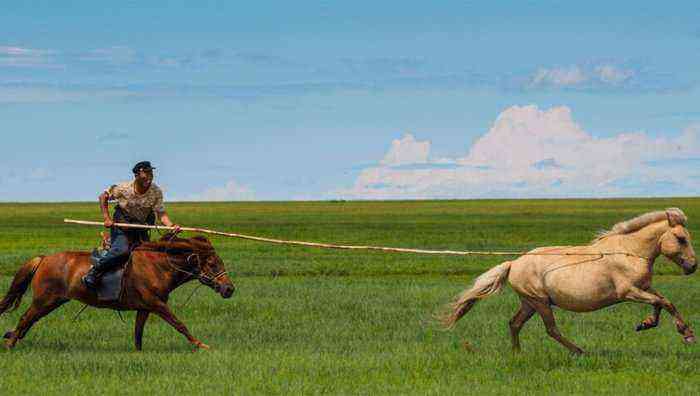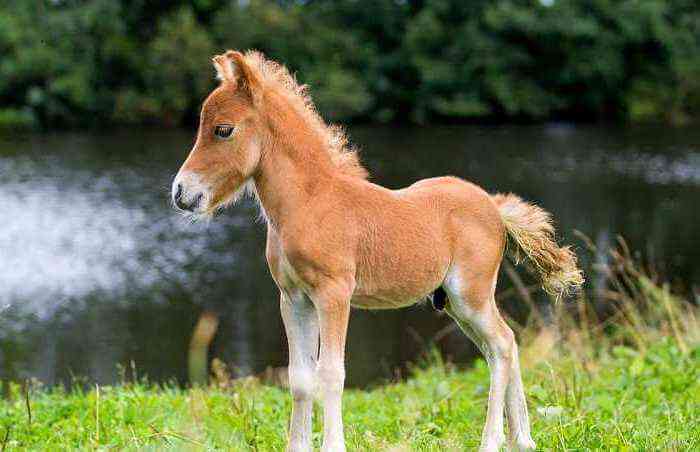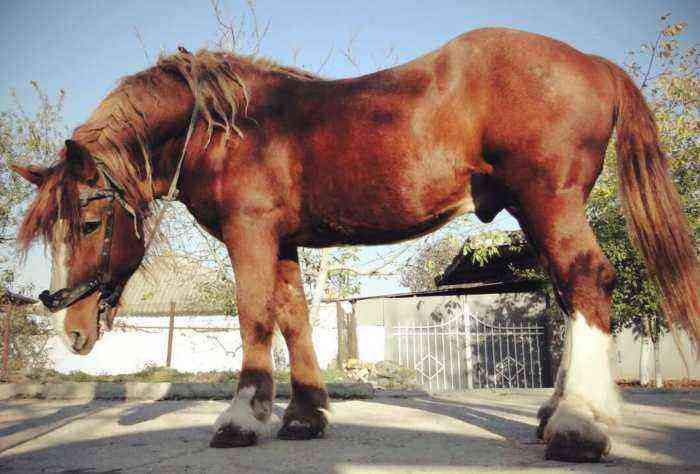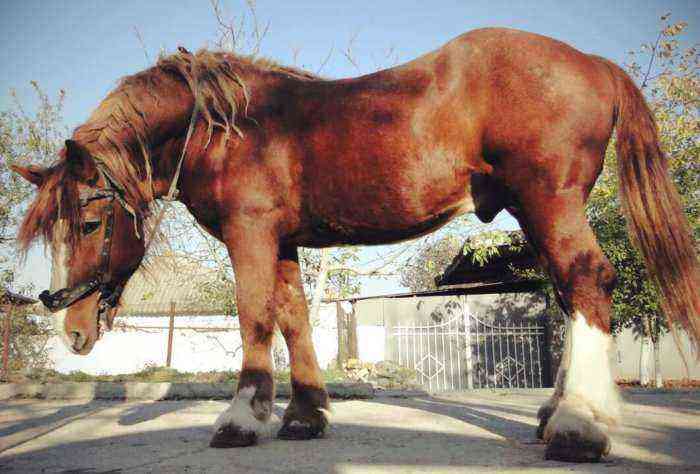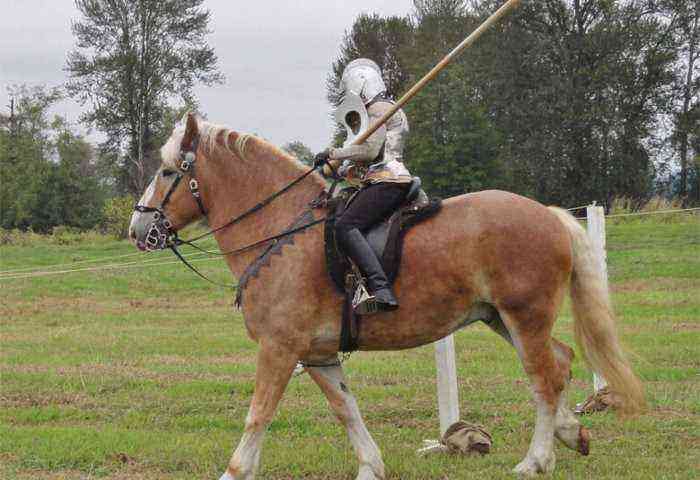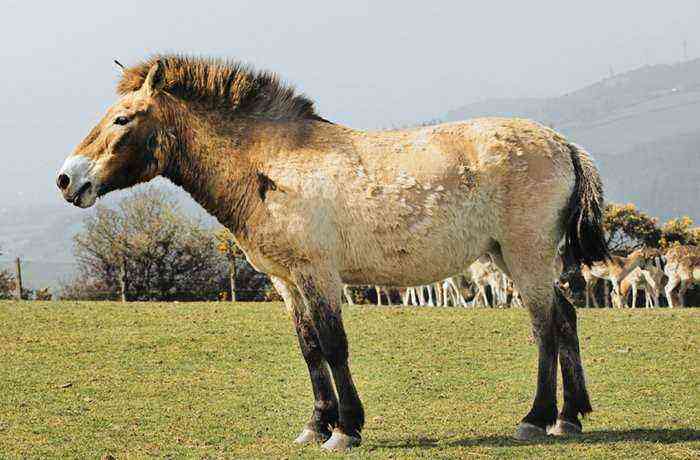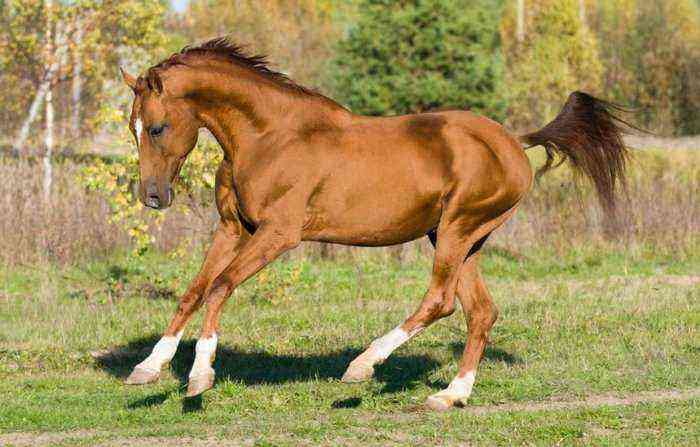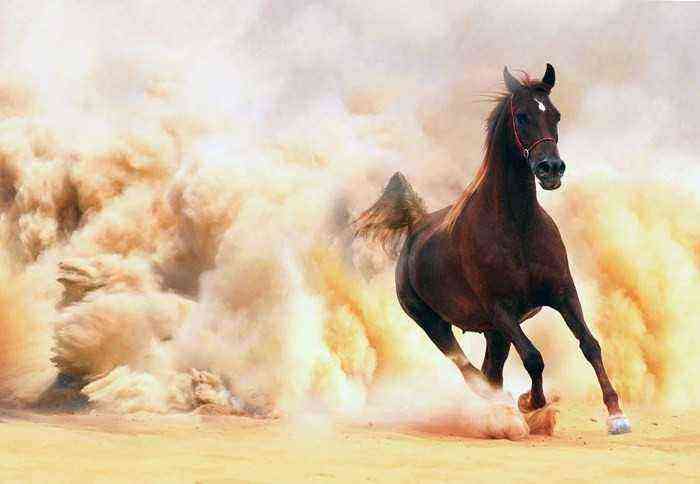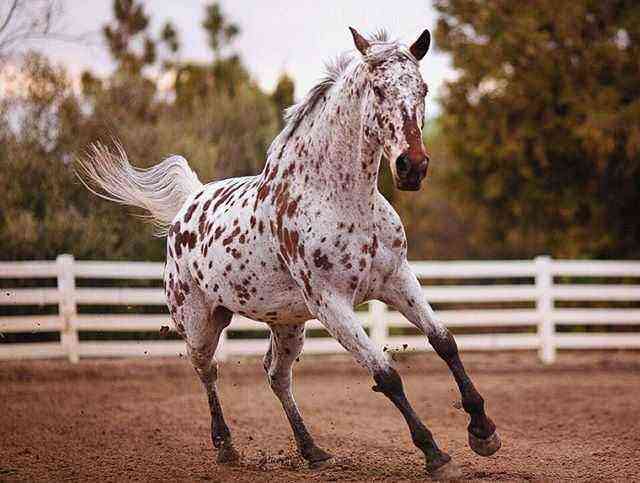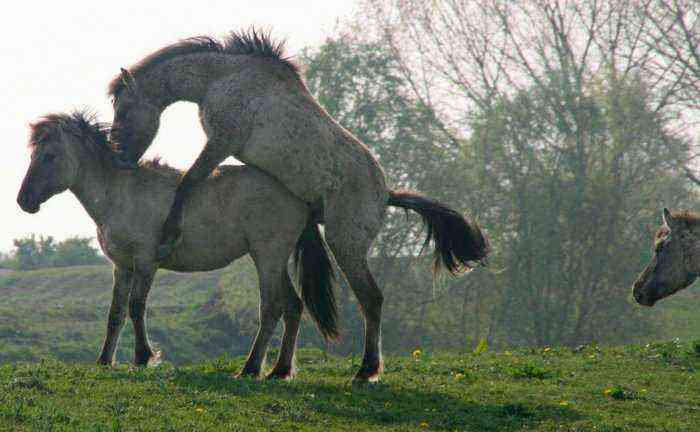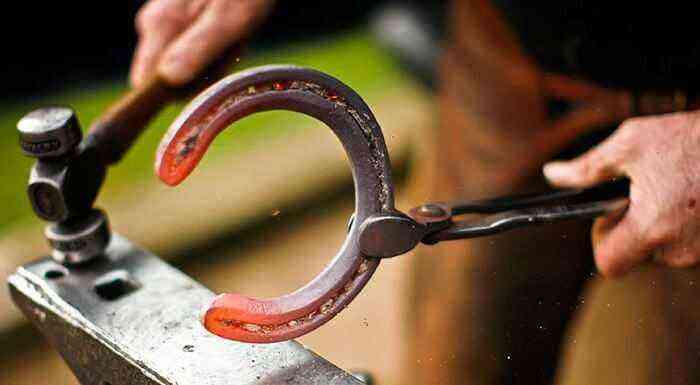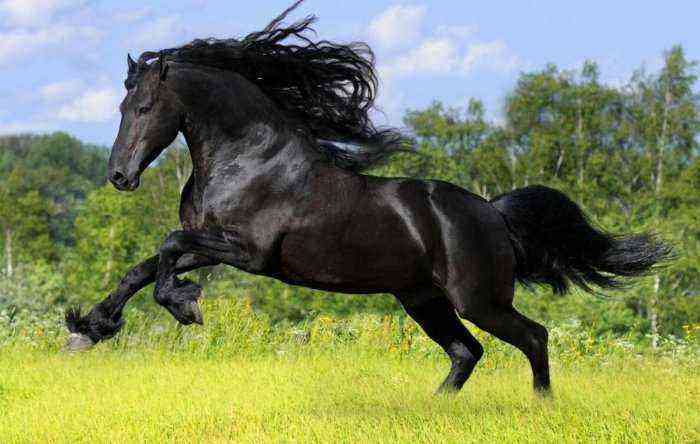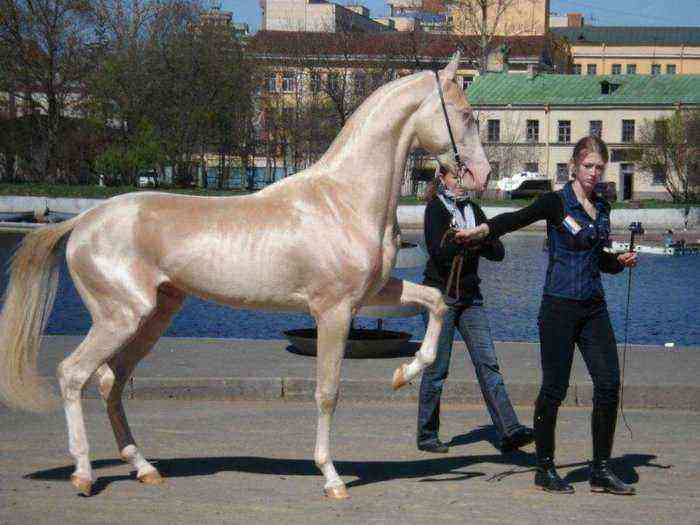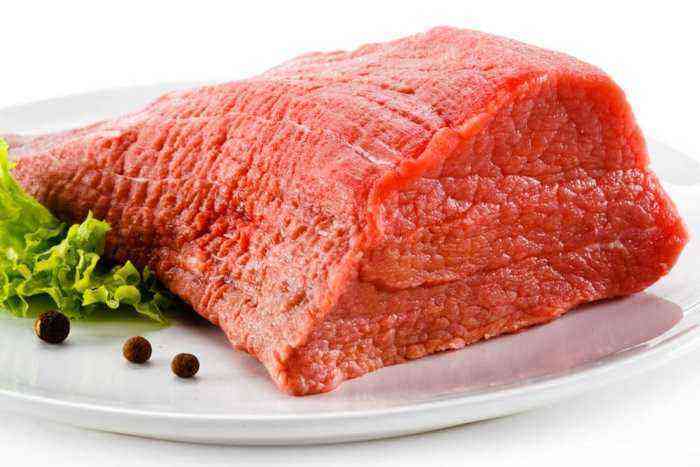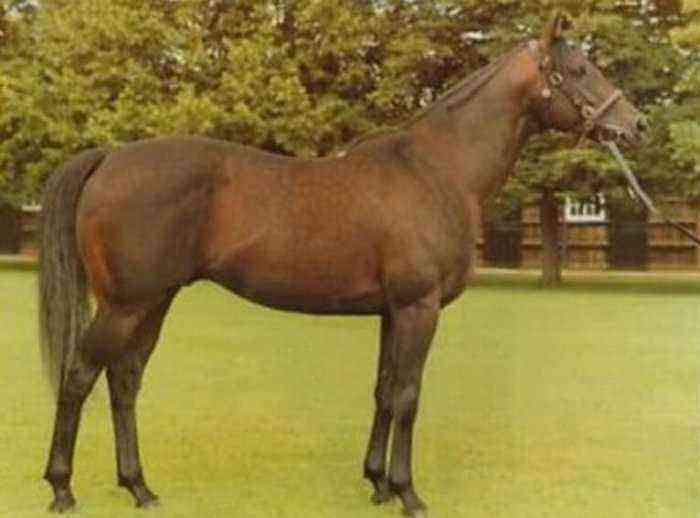The Quarter Horse is a breed of horse bred in America, presumably in Virginia about 300 years ago. Its name characterizes the peculiarity of horses – they run a quarter mile faster than others, so they are also called quarter-mile horses.
Horse Quarterhorse
History of the Quarter Horse
This breed line was formed under the influence of different genes. Scientists believe that the mustangs and racehorses brought by immigrants from England were the ancestors of the Quarter Horses. In the blood of the wild American horses that inhabited the prairies, Spanish blood flowed. Local residents, crossing mustangs with riding breeds from Europe, hoped to get hardy, unpretentious, fast and strong animals.
The experiment was a success – farmers and cowboys liked the new mix of wild and domestic horses. Their descendants were distinguished by a beautiful exterior, were active and energetic, developed high speed. When equestrian competitions were gaining popularity in America, the Quarter Horse breed showed good results.
Attention! On a stretch of 400 m, the horses run at maximum speed, so the rider has to hold on tightly to the mane so as not to fall out of the saddle.
Breed description
Quarter horses are not tall – 1,48–1,5 m, but quite massive. The whole body of the horse has a beautiful relief, thanks to the prominent muscles.
The main characteristics of the exterior:
- medium sized head;
- the frontal part is wide;
- forearms powerful;
- long dense neck;
- the withers are well distinguishable;
- the back is short, strong and rather broad;
- the chest is massive, deep;
- very developed hips and croup;
- limbs are short with large joints and strong hooves;
- a common suit is red, but there are others – bay, dark bay, brown, mouse.
Small Quarter Horses
The character of the quarter-mile horse is friendly. She quickly becomes attached to the owner and readily obeys his commands. Quarter horses are hardworking and hardy animals, unpretentious in terms of nutrition. In the warm season, horses are content only with fresh herbs and hay, and in winter they need to be fed with concentrates and vegetables.
Attention! A distinctive feature of the horses is good maneuverability. They are able to fit into a sharp turn without slowing down and stop abruptly.
Modern use
Today, representatives of the breed are in demand among farmers, despite the developed mechanization. In rural areas, animals are involved in field work, they transport timber, building materials and feed for sheep and cows. Many residents of the American hinterland cannot imagine their lives without such a horse – unpretentious, strong, fast and hardy.
Reference. At home, Quarter Horses help herd sheep and cows. They have a flair and know how to predict the situation when it is better to stop the herd, and when to drive forward. Horses catch up with stray animals and return to their place.
When interest in sprinting disappeared, quarter horses began to be used in equestrian tourism and for teaching children to ride. These docile animals will never offend a young rider.
A feature of the Quarterhorse horse is the ability to quickly take off and move at great speed over a quarter-mile, 400 meters. In this parameter, they are superior to the English riding breed. With a longer run, the horses slow down, so interest in them disappeared when races with the participation of thoroughbred horses became popular. But in their homeland, in America, quarter horses are still favorites. There are over 2 million quarter-mile horses in the country.
